The Arrival of Cats in Japan
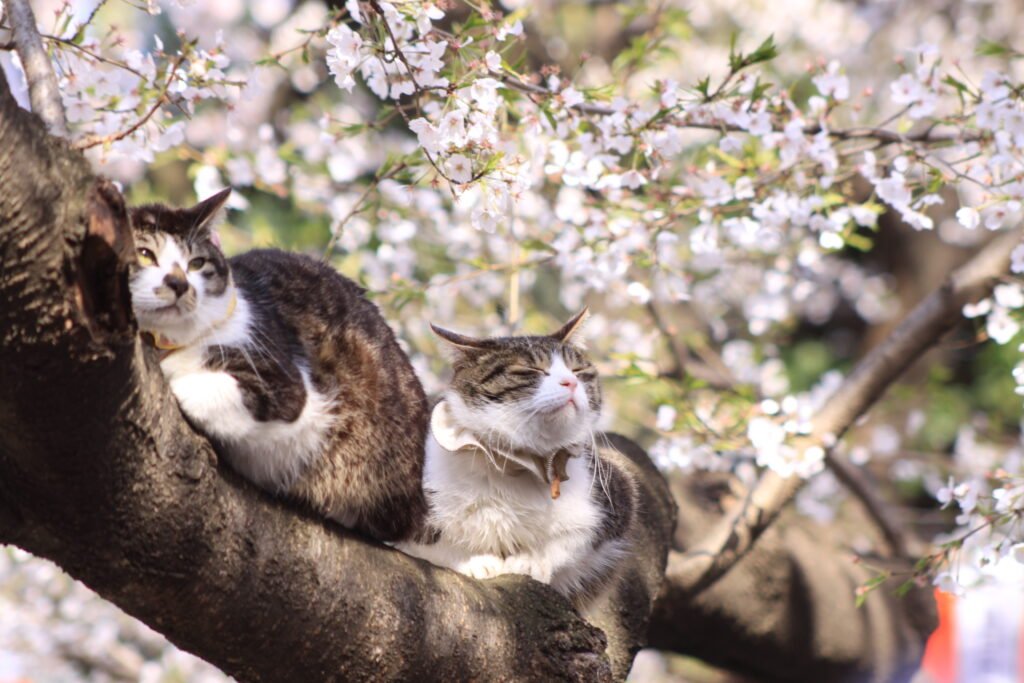
Cats are believed to have first arrived in Japan around 600 AD, brought by Buddhist monks who traveled across China and Korea. These monks used cats to protect precious scripture from being damaged by mice, establishing the early functional role of felines in Japanese culture.
The Symbolic Significance of Cats in Japanese Folklore

Cats hold a significant place in Japanese folklore. The “Maneki-neko” or “beckoning cat” is a widely recognized symbol of luck and prosperity. This iconic feline figure, often seen in businesses and homes, is believed to invite good fortune. The ubiquitous presence of Maneki-neko highlights the cultural importance and positive perception of cats throughout Japanese history.
Cats in Japanese Literature and Art
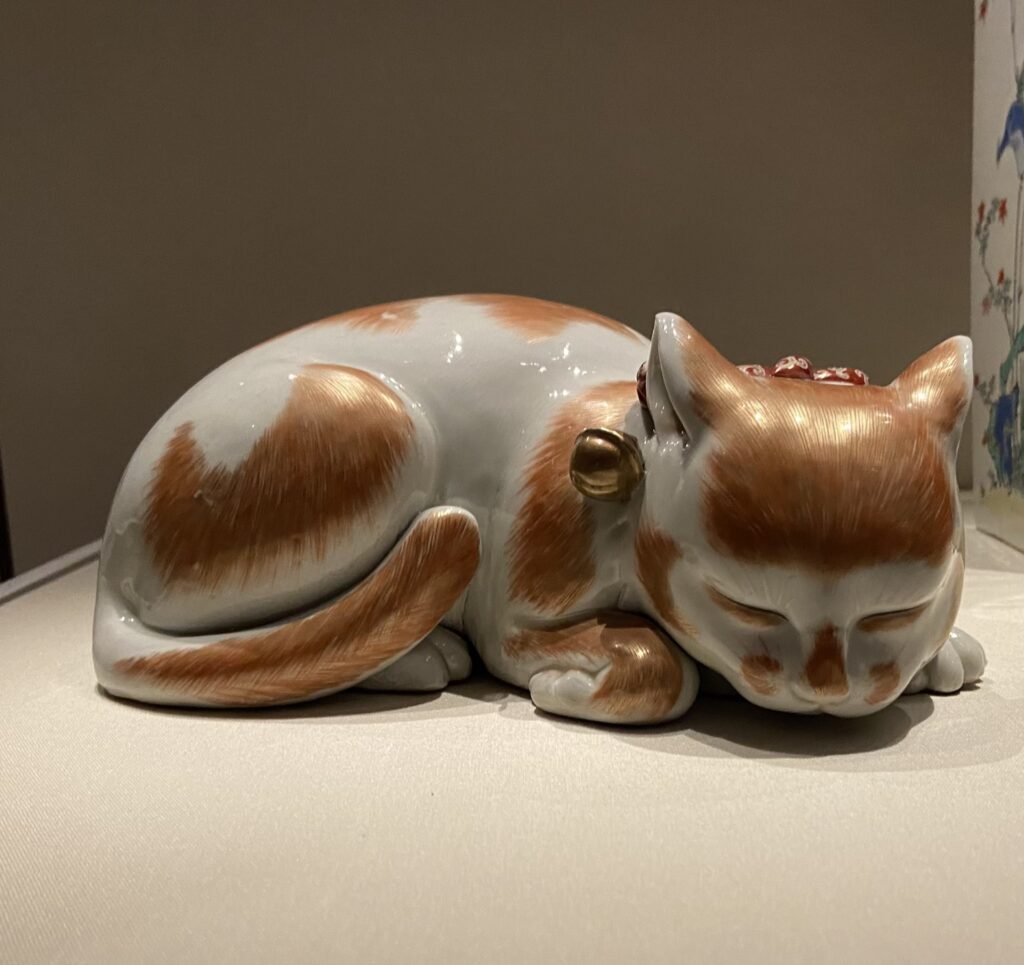
Cats have been depicted in various forms of Japanese literature and art, further cementing their place in the cultural fabric. Ancient poetry collections such as the Manyoshu contain references to cats, conveying reverence and affection. Additionally, Edo period artworks frequently featured cats, reaffirming their role as beloved companions and muses for creative expression.
Role of Cats in Japanese Superstitions and Beliefs

Japanese folklore features cats in myriad tales and superstitions. Some stories portray cats as spiritual creatures capable of supernatural powers. One such belief is the “Bakeneko,” mythological cat monsters said to shape-shift and possess great wisdom. These tales showcase the mysterious and fascinating image of cats, enriching their allure among the Japanese populace.
From Anonymity to Popularity
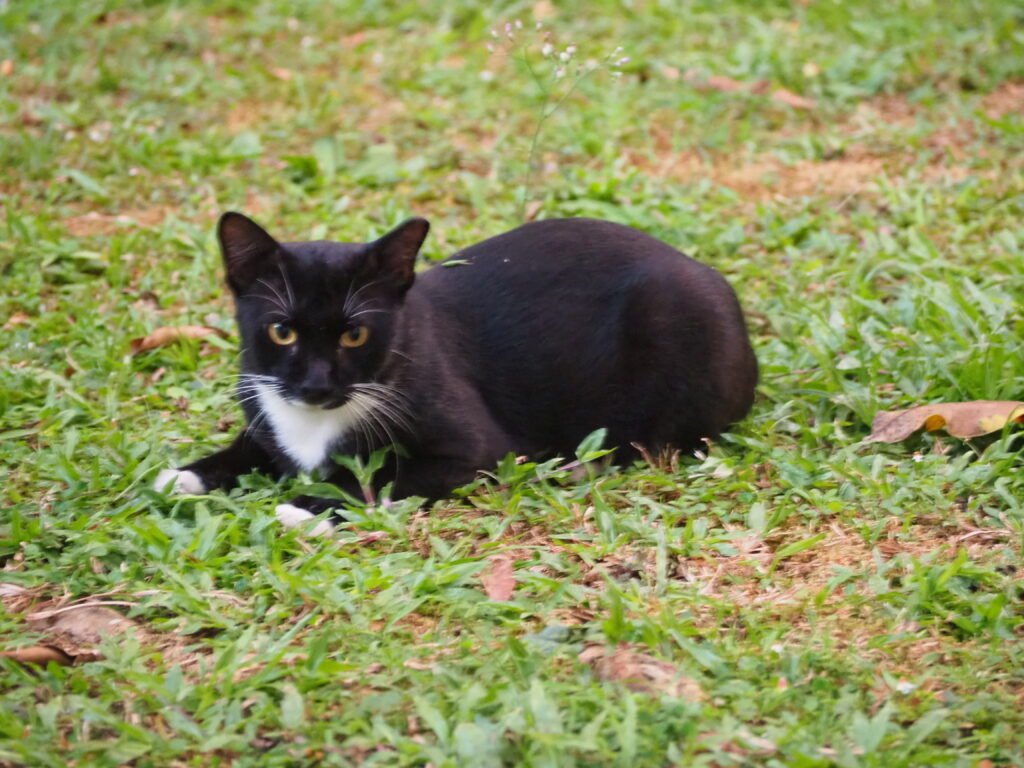
Throughout history, various emperors and nobles in Japan kept cats as cherished pets. During the Edo period, cat ownership spread beyond aristocrats, becoming more common amongst ordinary citizens. Cats were valued for their hunting prowess and became respected household members, thus marking the transition of cats into beloved companions.
Cats in Japanese Urban and Rural Settings
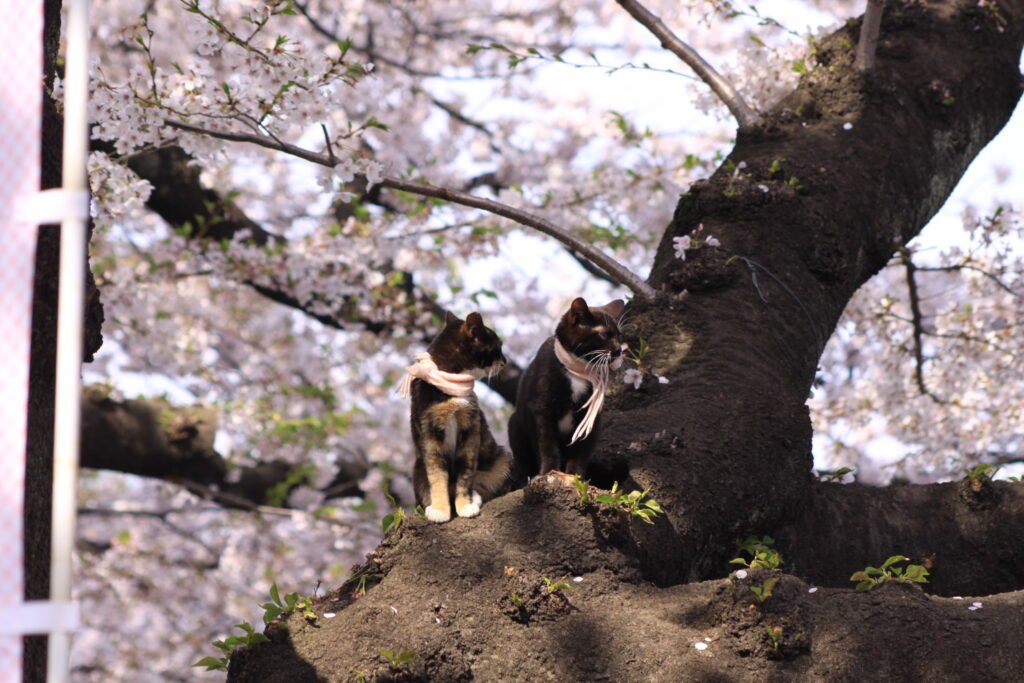
Cats have uniquely adapted to both urban and rural landscapes in Japan. In rural areas, they are appreciated for controlling pests and safeguarding crops. In urban settings, stray and community cats coexist with local residents, a testament to their adaptability and resilience. This mutually beneficial relationship underscores the intertwined existence of humans and cats in Japan.
The Rise of Cat Cafés and Modern Feline Culture
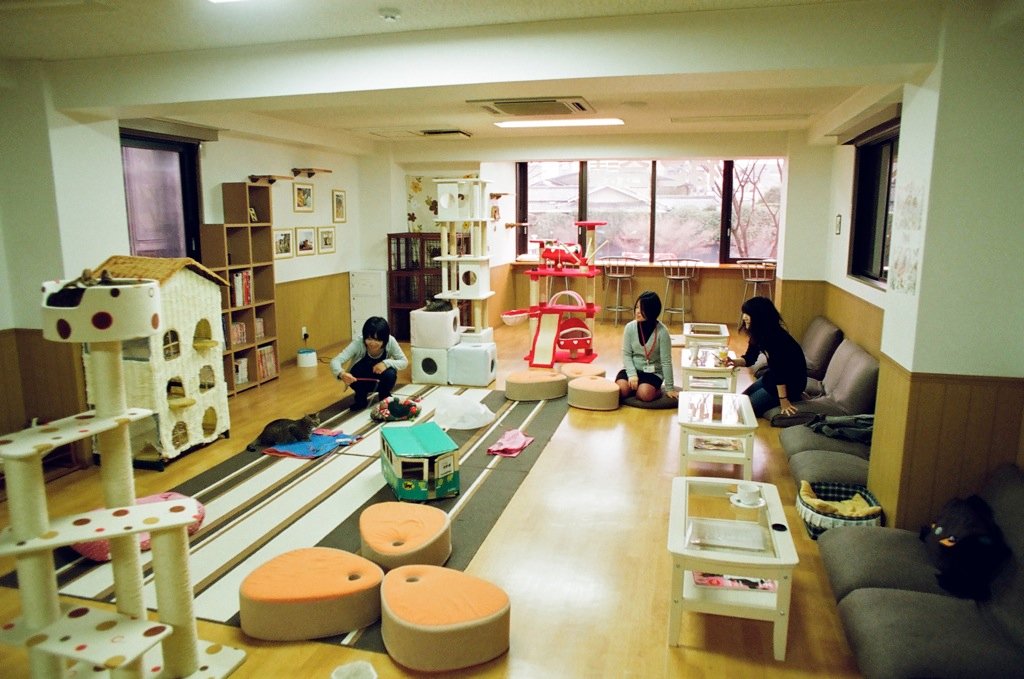
Cat cafés have become an iconic part of contemporary Japanese culture. The first of these cafés emerged in Tokyo in 2004, providing urbanites an opportunity to interact with cats in a cozy setting. The popularity of these establishments illustrates the enduring affection for cats in Japan, along with reflecting modern societal trends that embrace unique and innovative social spaces.
Influence of Cats on Japanese Media and Popular Culture
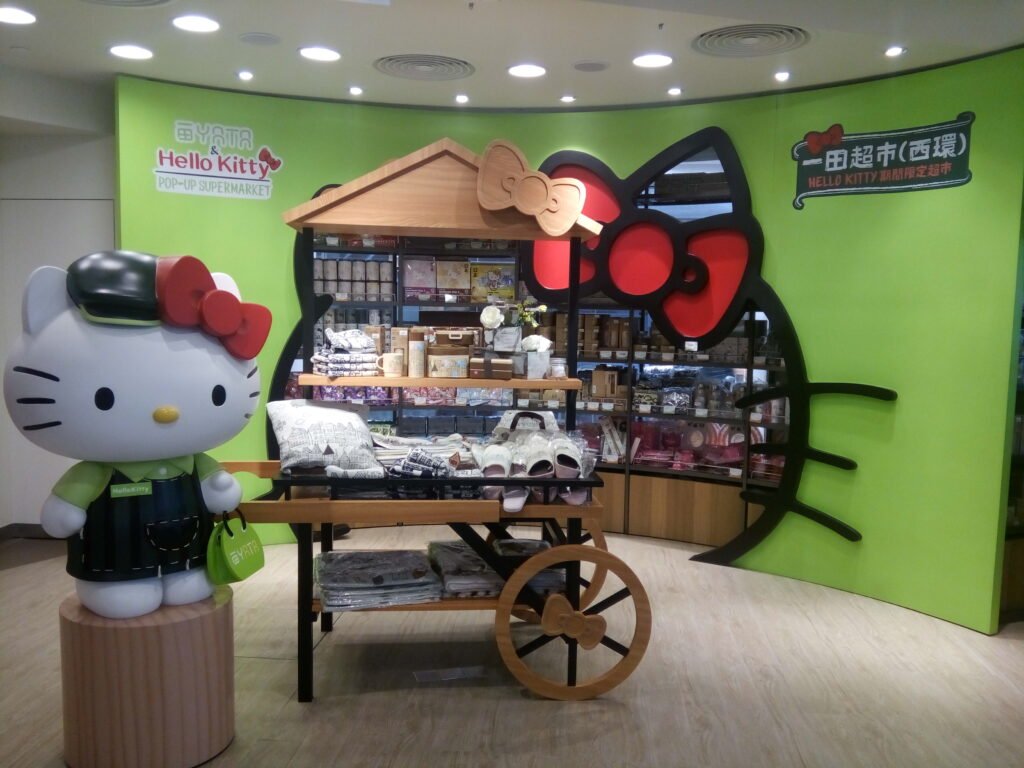
Cats have made their mark in Japanese media, with their presence in anime, manga, and film. Characters like “Hello Kitty” and “Doraemon” have become global sensations, spreading Japan’s appreciation for felines. This extensive media representation of cats continues to captivate audiences, contributing to their popularity as household pets.
The Connection Between Cats and Zen Buddhism
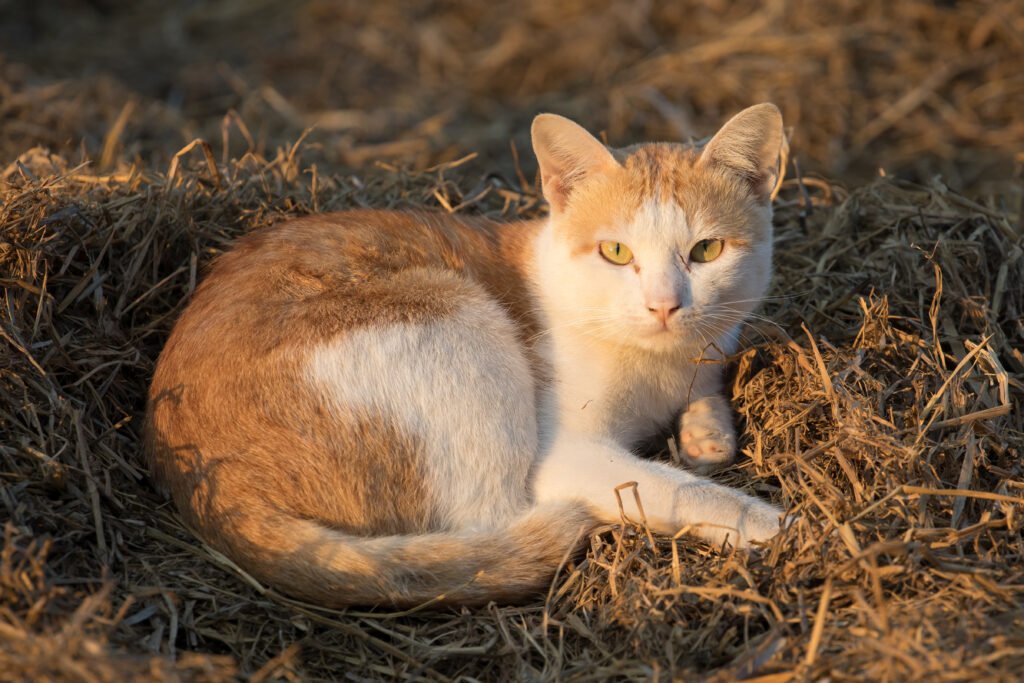
Cats share a symbolic relationship with Zen Buddhism, where they are often associated with qualities like calmness and mindfulness. Zen temples and monasteries historically housed cats to maintain peace and balance by keeping rodent populations in check. This connection between cats and Buddhist practices emphasizes spiritual tranquility and the harmonious coexistence with nature.
Cats and Japanese Social Dynamics

The role of cats in Japanese homes extends beyond mere companionship. In modern Japanese society, where urban living conditions often restrict pet ownership, cats offer a manageable and emotionally fulfilling alternative. They address the emotional and social needs of many, serving as quiet yet affectionate companions that easily integrate into apartment living environments.
The Enduring Bond Between Cats and Japanese Society
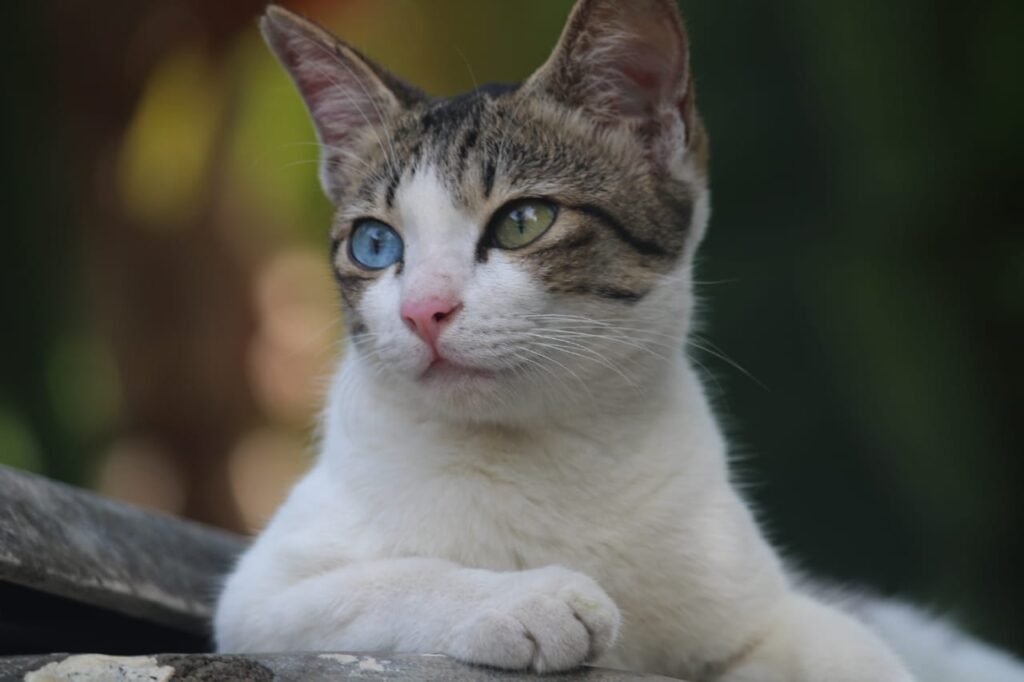
The journey of cats from functional protectors of scripture to modern-day beloved companions reveals a rich narrative of cultural evolution. With their omnipresence in folklore, art, religion, and modern media, cats occupy a distinct and revered place in Japanese society. This enduring bond showcases the human-feline relationship as a profound and multifaceted part of Japan’s cultural identity.

Suhail Ahmed is a passionate digital professional and nature enthusiast with over 8 years of experience in content strategy, SEO, web development, and digital operations. Alongside his freelance journey, Suhail actively contributes to nature and wildlife platforms like Feline Fam, where he channels his curiosity for the Feline into engaging, educational storytelling.
With a strong background in managing digital ecosystems — from ecommerce stores and WordPress websites to social media and automation — Suhail merges technical precision with creative insight. His content reflects a rare balance: SEO-friendly yet deeply human, data-informed yet emotionally resonant.
Driven by a love for discovery and storytelling, Suhail believes in using digital platforms to amplify causes that matter — especially those protecting Earth’s biodiversity and inspiring sustainable living. Whether he’s managing online projects or crafting wildlife content, his goal remains the same: to inform, inspire, and leave a positive digital footprint.






